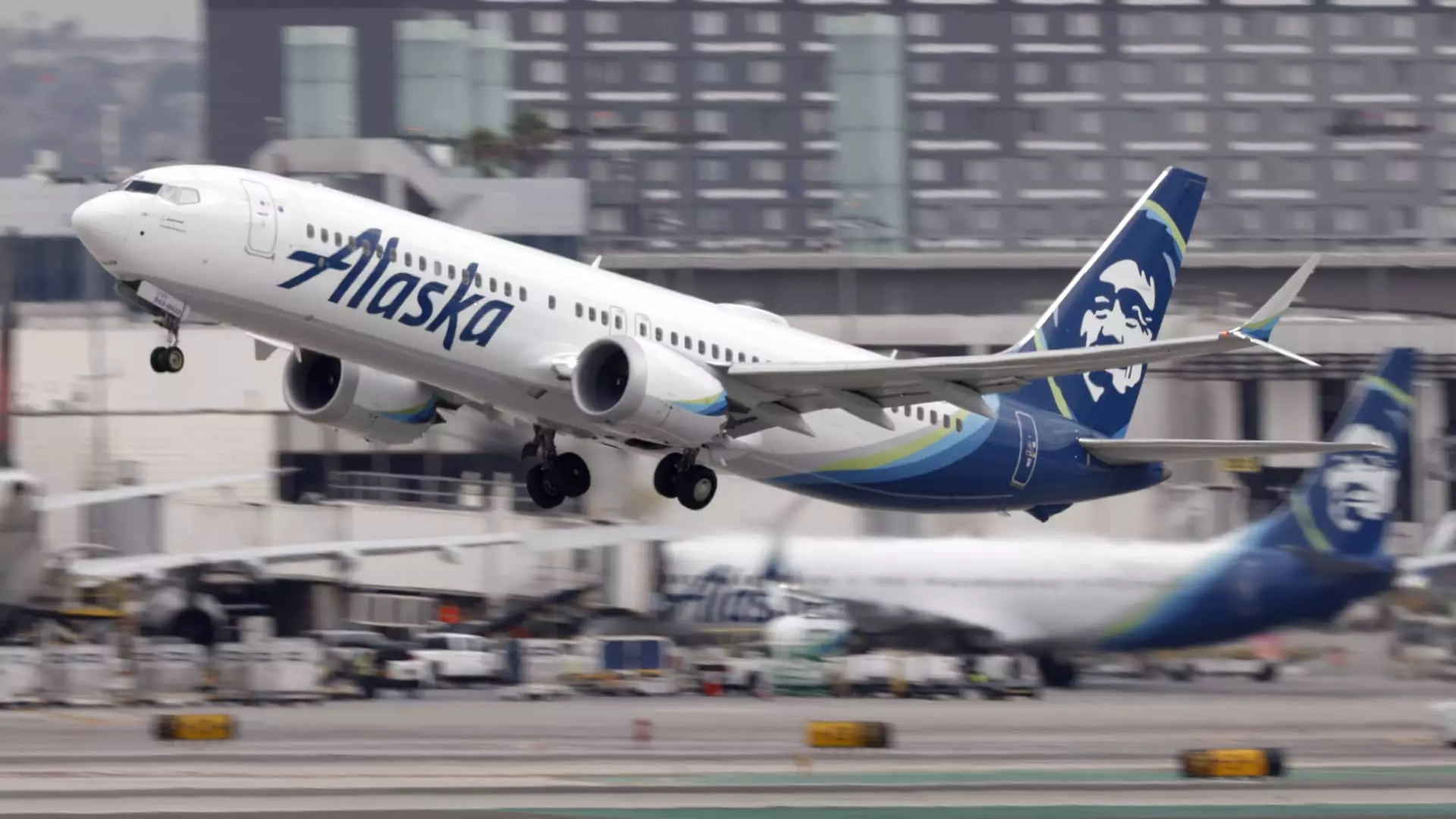Alaska Airlines is not just following industry trends; it’s aggressively reshaping the landscape of premium travel through a strategic overhaul of its loyalty program and credit offerings. By launching the Atmos Rewards Summit Visa Infinite card and integrating Hawaiian Airlines into a unified frequent flyer ecosystem, Alaska signals its intent to cater to the high-value passenger segment with renewed vigor. This move is more than just adding perks; it’s a clear statement that Alaska is committed to competing for the kind of travelers who prioritize luxury, exclusivity, and meaningful rewards.
The new Atmos program is a sophisticated evolution that emphasizes flexibility and personalized earning strategies. Instead of a one-size-fits-all approach, travelers have multiple avenues to accumulate points—by mileage, spend, or flight segments. This nuanced system acknowledges the diverse flying habits of premium travelers, whether they cross continents frequently, often fly short-haul trips within the islands and neighboring states, or indulge in first-class experiences. It’s a recognition that modern flyers seek more tailored rewards and that a one-dimensional points system doesn’t suffice.
Challenging the Status Quo: Higher Thresholds, Heightened Expectations
Alaska’s decision to raise elite qualification thresholds indicates a deliberate effort to elevate the value of top-tier status. Increased point requirements for Atmos Platinum and Titanium tiers suggest the airline is targeting a more discerning, high-spending clientele. While critics might view this as a form of points devaluation, Alaska’s assurances imply a focus on maintaining redemption value, emphasizing the premium nature of their offerings rather than diluting them.
Simultaneously, the airline is emphasizing an enhanced VIP experience through upgraded benefits, such as free premium seats on partner airlines and upgrades opportunities across all tiers. This approach positions Alaska as a carrier that recognizes the importance of luxury and status, especially as competitors have become more aggressive in expanding premium cabins and loyalty benefits. The move suggests a belief that there is a stable and growing demand for luxury, albeit with expectations for exclusivity to be maintained.
Luxury as a Differentiator — Investing in the Traveler’s Experience
Lounge access remains a crucial element of premium travel, and Alaska is investing heavily to ensure that its lounges remain a sanctuary for its high-end passengers. The introduction of dedicated international long-haul lounges in Seattle and San Diego underscores the airline’s focus on differentiating its travel experience. The contrast between the crowded, often chaotic lounges of budget carriers and Alaska’s intent to offer serene, exclusive spaces reveals a strategic understanding: true luxury stems from comfort and exclusivity.
Moreover, offering premium amenities like eight lounge passes annually for the top-tier Visa Infinite card demonstrates Alaska’s commitment to matching, if not surpassing, industry standards. By ensuring lounge access remains a privilege, Alaska preserves the allure that attracts travelers seeking a refined journey. The business strategy is clear—luxury and convenience are non-negotiable for high-net-worth travelers, and Alaska aims to position itself as the airline of choice for these discerning customers.
Adapting to Industry Dynamics: The Premium Strategy in a Competitive Market
Alaska’s move comes amidst a broader industry shift, where even low-cost airlines like Spirit and Frontier are adopting more upmarket strategies to stay financially viable. The alliance with Hawaiian Airlines and the focus on luxury perks highlight a recognition that the future of airline profitability depends on capturing higher-spending customers with sophisticated loyalty programs.
JetBlue’s recent premium credit card launch with higher fees and bonus offerings has already demonstrated that consumers are willing to pay for added value. Alaska’s ambition to double acquisition projections for its premium card signals strong customer demand for elevated travel experiences. They are targeting a demographic that values not just flying but a seamless, high-touch journey—from priority boarding and lounge access to exclusive offers on long-haul flights.
Furthermore, Alaska’s plan to introduce free Starlink Wi-Fi for its loyalty members across its fleet exemplifies a broader industry trend: blending connectivity with luxury. As remote work and digital dependence grow, offering complimentary high-speed internet becomes a tangible perk that further enhances the premium travel experience.
Alaska Airlines’ recent strategic initiatives reflect a bold vision to redefine what premium travel means in the modern era. By raising elite thresholds, introducing innovative earning options, and investing in exclusive lounges and cutting-edge amenities, the airline is positioning itself as a serious contender in the premium segment.
While some industry observers may dismiss these moves as superficial or superficial attempts to just increase fees, the reality is that Alaska is tapping into a fundamental consumer desire: an elevated, hassle-free, and luxurious travel experience that loyal customers are willing to invest in. In doing so, Alaska not only elevates its brand but also challenges the industry to rethink how loyalty, service, and exclusivity can be integrated into the future of commercial aviation.


Leave a Reply